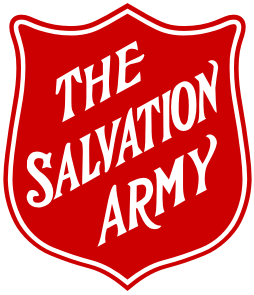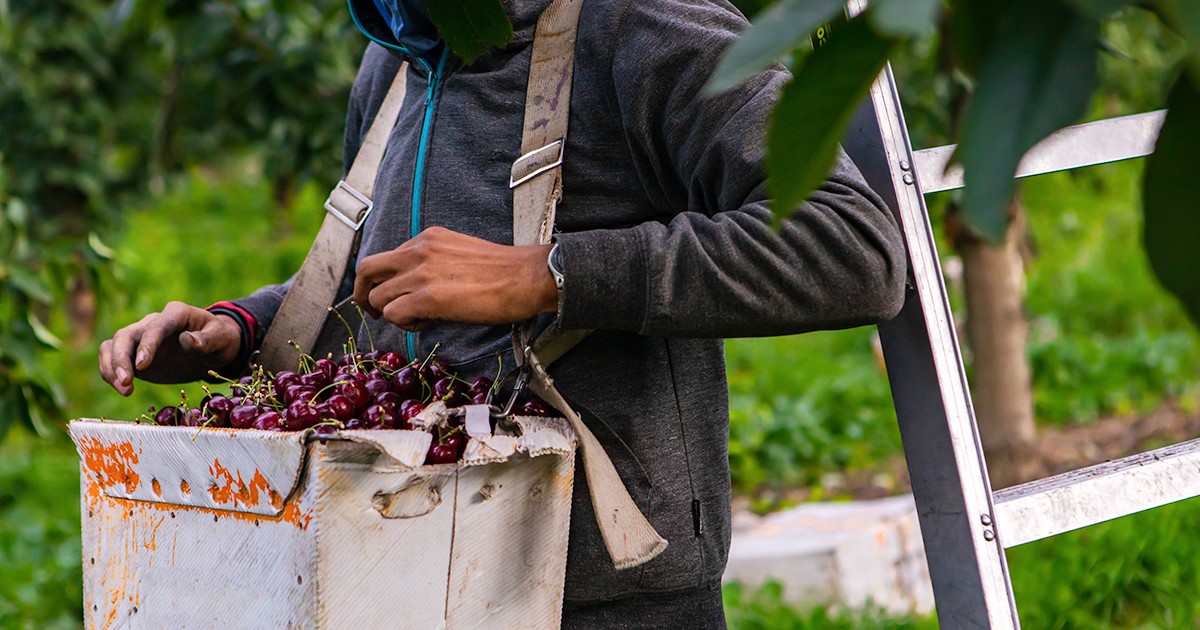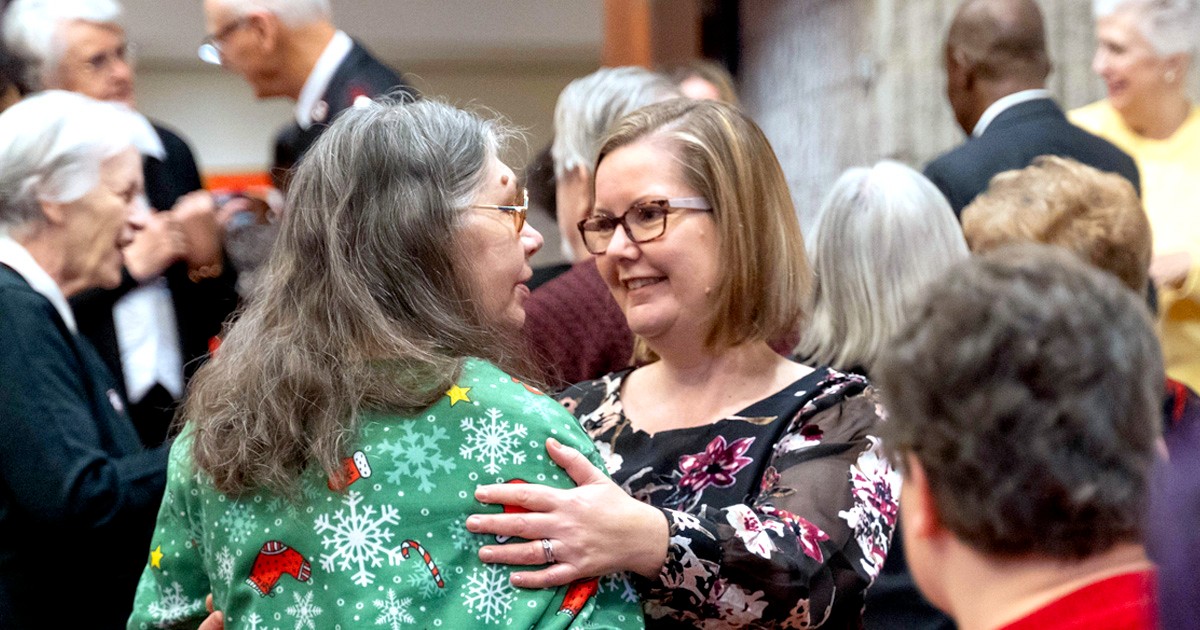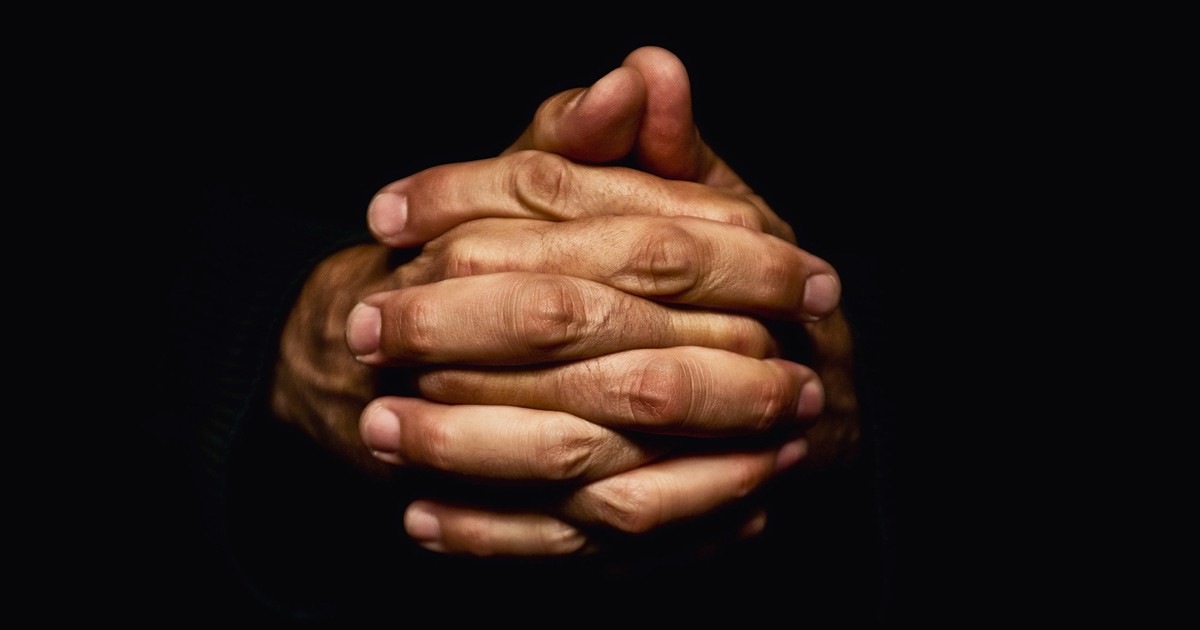For many of us, it’s hard to imagine a time when slavery was common, acceptable and even aspirational in Canada. While the abolition of slavery in this country was set into motion in 1833, it wasn’t until 2005 that legislation was introduced to address some of the nuances of what has become known as modern-day slavery: human trafficking.
Human trafficking is a hidden-in-plain-sight crime, often invisible to those not directly affected. It may simply look like a construction site, a caregiver in the community, a local farmers market, or an independent sex worker. As a result, most Canadians are completely unaware that the effects of modern slavery and human trafficking reach every province and community in this country.
LABOUR TRAFFICKING IN CANADA
Between 2019 and 2022, the Canadian Centre to End Human Trafficking identified 1,500 cases of human trafficking, reporting that 69 percent were related to sex trafficking, while six percent were related to labour trafficking. Although human trafficking is most often associated with sexual exploitation, many experts agree that labour trafficking cases are significantly underreported due to barriers woven into the framework of our labour market. A 2023 United Nations report highlighted Canada’s temporary foreign worker program, for example, as being a “breeding ground for contemporary forms of slavery.” Earlier this year, an Amnesty International Report on the same program labelled it “inherently exploitative,” as workers are given closed work permits, binding them to a single employer. The risk of speaking out about abuses from employers is too high for some workers, whose families back home are fully dependent on the potential wages they receive here in Canada.
ILLUMINATE ANTI-HUMAN TRAFFICKING RESPONSE
Every year, The Salvation Army’s Illuminate, which encompasses six MSHT response programs in British Columbia, receives dozens of referrals from front-line personnel who notice possible signs of human trafficking.
In the summer of 2024, a Salvation Army food bank worker in Port Alberni, B.C., responded to red flags that led to the relief of 15 exploited workers. They had been brought to Canada to work at a factory. In this case, the employer was approved to sponsor temporary foreign workers, with the responsibility of providing accommodations and, at the very least, minimum wages. It quickly became apparent to the Army staff member that their clients needed help, as they timidly communicated mistreatment from their employer, unsanitary living conditions and lengthy work hours with no pay.
It was at this point that Illuminate staff members, trained in human trafficking response strategies, stepped in to offer guidance and case coordination for the survivors. In collaboration with the local member of Parliament’s office, a migrant workers centre and other Army staff, they were able to secure safe transitional housing, meet the workers’ immediate needs and begin the process of repatriation.
Over the following several months, some workers were successful in gaining open work permits and access to alternative employment training programs, while others, clinging to the hope of receiving some wages, decided to return to their exploitative employer. This is not uncommon.
“That is what makes human trafficking so complex. It’s not just a matter of rescuing someone and setting them free,” says Tanicia Remillard, manager of Illuminate’s survivor development centre. “Labour trafficking can be hard to spot because it just looks like someone doing a job. It’s easy to assume that if they aren’t being paid or they’re experiencing force, fraud or coercion, they will report it or just quit.
“In reality, survivors are dealing with a lack of information, threats of violence and complex trauma bonds that can be quite entangling and even lead to re-exploitation after exiting. Public awareness is so important.”
The Army’s Illuminate operates specialized anti-trafficking programs, including a safehouse, a survivor development centre and human trafficking awareness and response training.
RECOGNIZE AND RESPOND
In recent years, the number of identified labour trafficking survivors in Canada has grown. They work as farmers, nail technicians, construction workers, caregivers, manufacturers and in various forms of hospitality. While our current political climate has many people wanting to buy Canadian and vacation at home, we need to consider how that growth in local demand will be supplied and face the uncomfortable possibility that even products made right here at home could be unfairly traded.
The problem is big, and the solution is layered, but we are not hopeless. Survivors do exit exploitation, often because of someone spotting the signs. As government agencies continue to refine our national strategy to combat human trafficking and experts in the field respond to the complex effects of these abuses, we can all contribute to ending this form of modern-day slavery by recognizing what forced labour looks like and knowing how to respond when we see it.

JENEA GOMEZ is the director of anti-human trafficking programs at Belkin Communities of Hope in British Columbia.
The Salvation Army is committed to serving victims and survivors of modern slavery and human trafficking through our programs across Canada and Bermuda. These programs range from outreach, emergency, short-term and long-term housing, live-in rehabilitation services, employment training, peer support, drop-in centres and case management. To learn more, visit salvationist.ca/trafficking.
Photo: Valmedia/stock.Adobe.com
This story is from:










Leave a Comment